
Smart Thinking for Crazy Times
The Art of Solving the Right Problems
Recommendation
In this book, Ian Mitroff attacks problem-solving by defining the first step: asking the right questions. He shows you how to use critical thinking skills to find the right problems, frame them correctly and implement appropriate solutions to solve or resolve them. This book is thoughtful and well-organized, just as you might hope it would be since it teaches critical thinking. It is also well-written and well-illustrated, featuring numerous diagrams that illuminate better ways of thinking. Mitroff includes examples of well-known companies which have made major mistakes that cost millions of dollars because they failed to recognize the right problem in time. He also gives examples of companies that succeeded through improved critical thinking and problem identification. getAbstract.com recommends this interesting book to all business problem-solvers.
Summary
About the Author
Ian Mitroff is a well-known author and thinker in business and management. He is the author or co-author of The Unreality Industry: The Deliberate Manufacturing of Falsehood and What It is Doing to Our Lives, Break-Away Thinking: How to Challenge Your Business Assumptions, and Framebreak: The Radical Redesign of American Business. He is currently professor of business policy at the University of Southern California Graduate School of Business. He is the founder and former director of the USC Center for Crisis Management and an active consultant for Fortune 500 companies and major governmental and non-profit agencies.








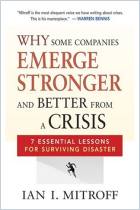

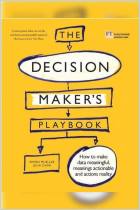

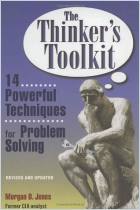
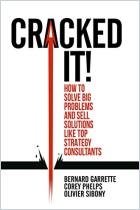
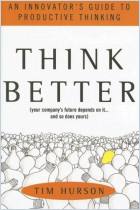
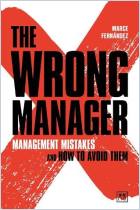

Comment on this summary or 开始讨论